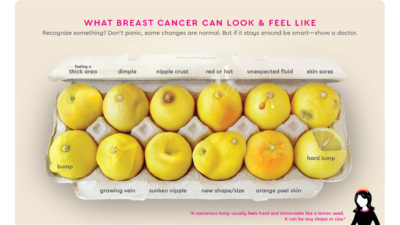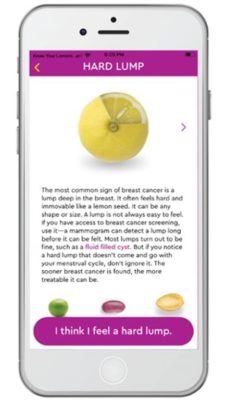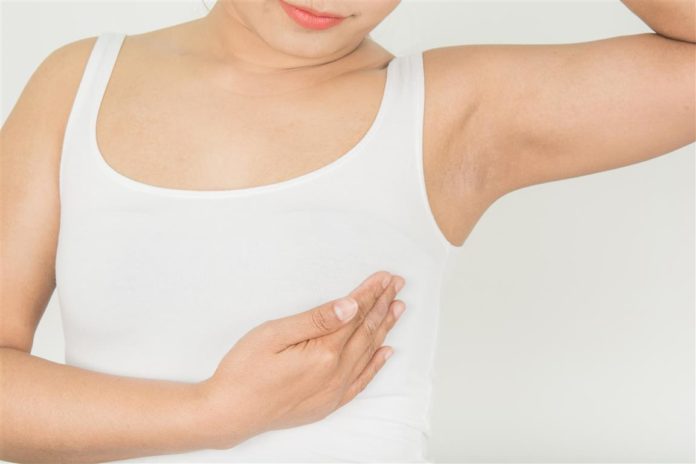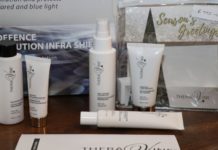October is breast cancer month and we are shifting the fous on our hooters.
What do I look for?
Don’t think of a breast self-exam as a hunt to find cancer, but to understand the normal landscape of your breasts. This involves both looking and feeling.
Look in the mirror with your arms up, then again with your hands on your hips. Stand to the side and then face forward.
The first symptoms of breast cancer usually appear as an area of thickened tissue in the breast or a lump in the breast or an armpit.
Other symptoms include: Pain in the armpits or breast that does not change with the monthly cycle, pitting or redness of the skin of the breast, a rash around or on one of the nipples, discharge from a nipple, a sunken or inverted nipple, a change in the size or shape of the breast, peeling, flaking, or scaling of the skin on the breast or nipple.

What is my risk?
For women, the average lifetime risk for breast cancer is 1-iN-8, with most being diagnosed over the age of 50. Your breast cancer risk increases as you get older, as well as having a higher exposure to estrogen. Surprisingly, most women (80%) diagnosed with breast cancer do not have a family history of the disease.

When do I self-exam?
Starting at age 20, self-exams are a casual way to understand what is normal for you between scheduled exams. Don’t feel guilty if you don’t do it often, examining once a season is usually enough.
The best time to check?
A few days after your period ends when you’re least tender and swollen (and if you are over 40, an ideal time to schedule a clinical exam and mammogram). No period? That is okay, pick any day you like.
Plan your breast screening
Clinical breast exams are a time to create your breast screening plan with your doctor. Start by discussing your family history and risk type. Then use the time to learn how to perform a self-exam by getting one yourself. Ask questions and plan your screening schedule together.

Know your lemons on the app store
Time to get confident with self-exams and book your mammogram with reminders based on your age and breast cancer risk. From the creators of #KnowYourLemons breast cancer awareness campaign, comes a powerful app packed with breast health tools. 200 million people already know the 12 signs of breast cancer, but now with the app you can: Finally learn how to do a self-exam the right way with your virtual exam coach. Know what to expect for your mammogram, ultrasound and more. Customize your own screening plan based on your personal risk. Schedule your self-exams with the period tracker for best results. Learn the 12 symptoms of breast cancer and note any changes. Be guided step-by-step on how to investigate a symptom. Worldwide Breast Cancer, led by and for women, is building on their successful award-winning design and friendly lemon visuals to create an app that is the future of breast health, backed by a decade of research. Life has given you lemons, so download and “Know Your Lemons” today – it’s the must have app for every woman’s phone.






